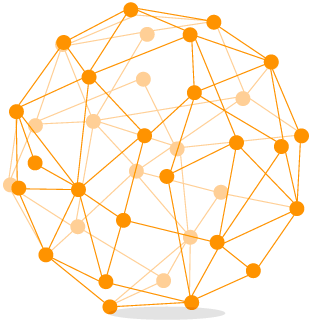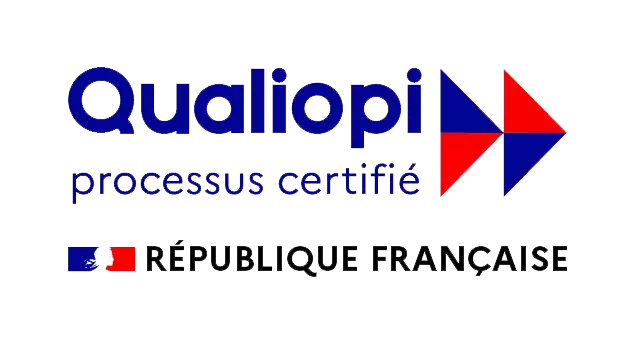Recent articles and videos
- How to improve your results as a practitioner?
- The PRS scale: a tool for measuring progress in therapy
- The systemic approach in psychiatric practice: where are we?
- How to become a psychotherapist
- NLP training and systemic approach, two complementary approaches
- How to become a therapist?
- Personal development training
- Breaking the silence around harassment
- Fight against the shadow of harassment
- Systemic approach training
- Problem Solving Scale: Assessing Clinical Improvement
- Support for people who are victims of moral harassment
- Thwarting moral harassment through a systemic and strategic approach
- A systemic approach to insomnia
- Understanding domestic violence using a systemic approach
Most Viewed Articles
- Online strategic systemic training course at LACT
- A surgeon's testimony on professional burnout
- Conflict management in business: Insurance case study
- 5 axioms of pragmatic communication (Paul Watzlawick)
- Family Caregiver: Managing Stress and Emotions at Work
- Assessment and management of PSR in business - Case study
- Bibliography
- LACT action and psychological and relational support unit
- Palo Alto's Strategic Systems Approach by Wittezaele
- BOOK "When work hurts"

Sylvie Allouche practices in Paris in a municipal health center as a general practitioner and for 4 years: she has been attached to the pain center of the Lariboisière University Hospital where she practices medical hypnosis, rapid alternative movements and various brief systemic therapies such as d acceptance and commitment, narrative therapies and solution-oriented therapies. His training course and his methods of practice are a real plea for a global integrative body-mind medicine.
Self-hypnosis and the use of metaphors are useful complementary techniques to help patients manage their pain, highlighting the importance of holistic and personalized pain management in modern medicine.

Sylvie Allouche practices in Paris in a municipal health center as a general practitioner and for 4 years: she has been attached to the pain center of the Lariboisière University Hospital where she practices medical hypnosis, rapid alternative movements and various brief systemic therapies such as d acceptance and commitment, narrative therapies and solution-oriented therapies. His training course and his methods of practice are a real plea for a global integrative body-mind medicine.
Faced with the societal emergency represented by chronic pain, with its major repercussions on both the individual and the community, this article focuses on the need for holistic and personalized care. While traditional approaches focused on drug treatment are often ineffective and addictive, he highlights the importance of a deeper understanding of the patient's experience.

Medically trained hypnotherapist, Eva Houdebine combines hypnosis support and life's journeys.
Eva Houdebine explores how silence can serve as a bridge to intuition, insight and resilience, particularly in the treatment of psychotrauma. This article offers a reflection on the conscious use of silence as an exchangeable gift between therapist and patient, unlocking new paths of healing and mutual understanding.

Medically trained hypnotherapist, Eva Houdebine combines hypnosis support and life's journeys.
In this article, Eva Houdebine, medically trained hypnotherapist, shares her learning journey, where silence becomes an essential therapeutic tool, enabling deep connection and transformation in the patient. Through personal and professional exploration, Houdebine demonstrates how silence shapes the therapeutic space, paving the way for unexpected healing and self-discovery.

Guillaume Lemesle is a coach and expert in strategic systemic approach, systems specialist and clinician of the LACT relationship. His approaches are mainly strategic systemic therapy, NLP, hypnosis and the narrative approach.
This captivating story immerses us in the therapeutic journey of Marie, a 26-year-old writer plagued by anxiety . Between hypnosis and systemic therapy, it reveals all the deep nuances of the impact of trauma on life and the steps towards liberation. A fascinating exploration of human resilience.

Guillaume Lemesle is a coach and expert in strategic systemic approach, systems specialist and clinician of the LACT relationship. His approaches are mainly strategic systemic therapy, NLP, hypnosis and the narrative approach.
This case study describes the therapeutic journey of Philippe, a thesis student confronted with stress and Crohn's disease. Little by little, he will rebuild his emotional security and renew meaningful connections in a process of resilience.

Ph.D. & trainer in the master's degree in hypnosis offered by LACT.
In her essay, Michele Ritterman analyzes human wickedness through Ericksonian hypnosis. It addresses the deep origins of cruelty, its impact on society and therapeutic means to confront it, offering poignant insight into human nature and healing.

Coach, Psycho-practitioner, Systemician
In this study, Erzana Szwertak explores the effectiveness of relational hypnosis against fears and phobias. Through a concrete case, she demonstrates how this approach helps to overcome anxieties, revealing its profound impact on personal transformation and mental well-being.

Coach, Psycho-practitioner, Systemician
This article by Erzana Szwertak explores conversational hypnosis and the systemic approach to treating fears. It details how these methods help understand and overcome anxiety disorders, offering unique insight into managing phobias and improving mental health.

Coach, Psycho-practitioner, Systemician
In this article, Erzana Szwertak reveals the transformative power of hypnosis in therapy. From ancient Egypt to Milton Erickson, this paper explores the evolution of hypnosis, its role in mental well-being and its ability to reshape life stories, providing renewed autonomy to the patient.



